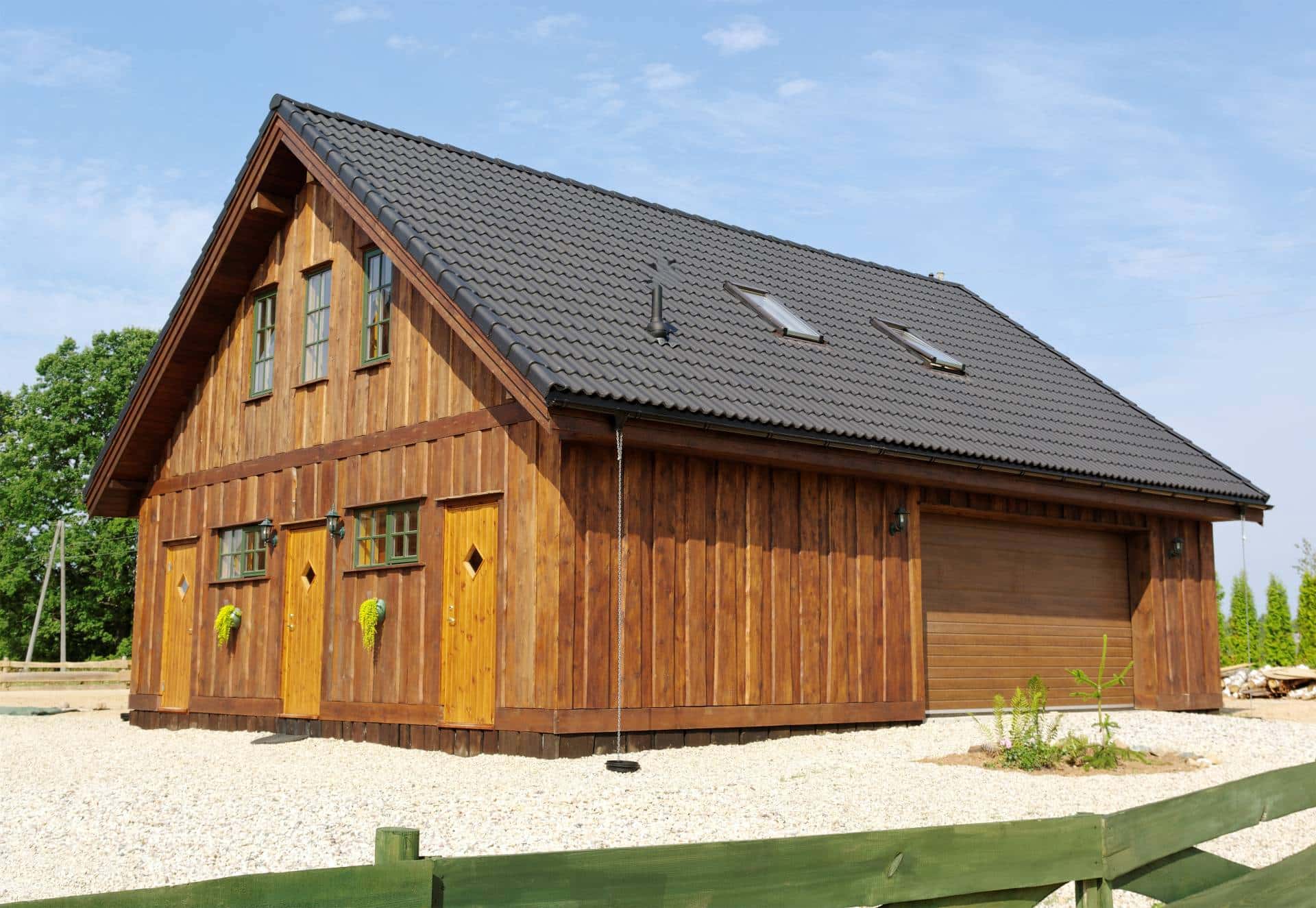Protecting Your Bike Against Theft: Essential Strategies for Cyclists to Consider
Cycling is an exhilarating way to stay active, explore the outdoors, and reduce your carbon footprint. However, as joyful as riding can be, it also carries inherent risks. Ensuring safety and security while managing potential expenses is crucial for every cyclist. Implementing effective strategies for safeguarding your bicycle and planning for unforeseen events can help you enjoy your rides with peace of mind.
Assessing Your Needs: Why Protection Matters
Understanding the importance of protecting your bicycle sets the foundation for making informed decisions. With the rising number of cycle thefts and accidents, investing in protection is no longer a choice; it’s a necessity for serious cyclists.
Assessing your specific needs and risks is the first step. Consider factors such as the value of your vehicle, how often you ride, and the areas where you cycle. If you ride daily in a busy urban environment, the risk of theft or damage is significantly higher than leisurely rides in quieter areas. For instance, a commuter bicycle parked outside a train station in New York is more vulnerable than one secured in a garage in a rural area. By identifying your needs, you can tailor your protection strategy effectively.
An essential protection aspect involves addressing the physical risks and preparing for the financial implications should an unfortunate event occur. Having a clear perspective on potential expenses related to theft or accidents can guide your decisions as you seek the best solutions for safeguarding your ride.
The Role of Having a Protection Plan
When exploring insurance, it’s essential to understand the different coverage options available. Policies typically cover theft, damage, and liability, allowing you to choose what works best for your cycling habits. For instance, if you frequently ride on busy roads, consider liability coverage to protect against potential claims from accidents.
Moreover, it’s crucial to read the fine print. Some policies may have specific exclusions, such as coverage limitations for certain incidents or geographical restrictions. Understanding these details can help you avoid surprises when filing a claim.
Evaluating Costs vs. Benefits
Before selecting a policy, evaluate the costs against the benefits. Understanding the insurance cost can help you gauge whether the coverage aligns with your needs and budget. Compare various carriers and their offerings, looking for policies that provide comprehensive protection without excessive premiums.
Consider factors such as deductibles, premium amounts, and the claims process. For instance, a policy with a lower premium may have a higher deductible, meaning you must pay more out of pocket when making a claim. Finding a balance between affordability and coverage is key.
Seeking Expert Advice
Choosing the right coverage can be overwhelming, especially with the options available. Consulting with a broker or expert can simplify the process, helping you identify the best coverage tailored to your specific requirements. They can provide insights into the nuances of different policies and guide you toward informed decisions.
For example, brokers can help you understand the implications of choosing comprehensive coverage versus basic protection, allowing you to make decisions that best suit your lifestyle and risk tolerance.
As part of your protection plan, considering insurance is essential. Affordable bike insurance coverage by Velosurance can provide comfort, ensuring that you are financially protected from theft or damage.
Maintaining Awareness and Preparedness
In addition to physical security, maintaining awareness and being prepared can significantly impact your cycling experience.
Educate Yourself on Local Crime Trends
Keeping informed about local crime trends can help you adjust your security measures accordingly. Join local cycling clubs or forums to share experiences and insights with fellow cyclists. This can provide valuable information about high-risk areas and effective safety practices.
Develop a Safety Plan
Having a plan can help you respond quickly if your bike is stolen or involved in an accident. Familiarize yourself with local authorities and procedures for reporting thefts. Record your bike’s serial number and take photos, as this information can be invaluable in recovery efforts. You may also register it with a bike registry like BikeIndex in the hope that if it is recovered on the other side of the country, it’ll find its way back to you.
Additionally, you might also want to consider carrying a small safety kit with basic tools, a first-aid kit, and emergency contact information. This can come in handy in case of minor repairs or injuries while on the road.
Engage with the Cycling Community
Building connections within the cycling community can enhance your protection strategy. Fellow cyclists often share tips, host workshops, and provide support, creating a network of shared knowledge and resources. This sense of community can be incredibly beneficial, especially when facing challenges.
Participating in group rides or local cycling events is a great way to meet other cyclists and learn from their experiences. You can exchange stories about theft prevention, maintenance tips, and even insurance options, all of which contribute to a safer cycling environment.
The Benefits of a Holistic Approach to Cycling Safety
Adopting a holistic approach to cycling safety can significantly minimize risks and enhance your overall experience. This involves integrating various strategies into a comprehensive plan, including physical security measures, insurance, and community involvement.
Increased Peace of Mind
You can confidently ride when you know you are taking proactive steps to protect your bike. This peace of mind enhances your overall enjoyment and allows you to focus on the joy of cycling rather than the fear of potential loss.
For example, a cyclist who has invested in a quality lock, secured adequate insurance, and regularly participates in community events will likely feel more secure riding through busy city streets than someone who has not taken these precautions.
Financial Stability
Bicycle protection through preventive measures contributes to your financial stability. By preparing for unforeseen circumstances, you can avoid hefty expenses arising from theft or accidents, allowing you to allocate funds to other cycling-related pursuits.
For instance, instead of facing the unexpected cost of replacing a stolen bike, you can use your budget to upgrade your cycling gear or participate in cycling events, enriching your experience as a cyclist.
Additionally, having the right coverage can protect your bike, health, and finances in an accident, reducing out-of-pocket medical expenses. This proactive approach safeguards your wallet and encourages you to engage more freely in cycling activities, as you can pursue your passion without the constant worry of financial repercussions.
Encouragement to Ride More Often
With a robust protection plan, you may be more willing to ride frequently. Regular cycling benefits your physical and mental health, and knowing your bike is secure encourages you to enjoy it regularly.
Cyclists who feel secure are more likely to explore new routes, participate in group rides, and even tackle longer distances, enhancing their overall enjoyment of the sport. This can also foster a greater connection to the cycling community, promoting a positive cycling culture.
Improved Bike Longevity
Effective security measures and regular maintenance prevent theft and damage and protect your bike from wear and tear caused by improper storage or handling. Investing in high-quality locks, secure parking solutions, and routine checkups can significantly extend your bike’s lifespan. This approach reduces the need for frequent repairs or replacements, helping you save money and ensuring your bike performs optimally for years.
Enhanced Confidence on the Road
Knowing you’ve taken the necessary steps to secure your bike and prepare for potential risks fosters a sense of control and assurance. This confidence translates into a more enjoyable cycling experience, allowing you to focus on improving your skills, navigating new routes, or participating in cycling events. With a solid protection plan, you can tackle busy streets or remote trails without hesitation, enhancing your overall journey as a cyclist.







